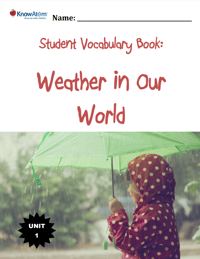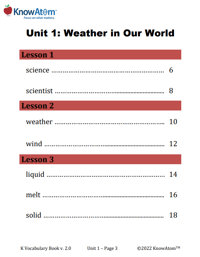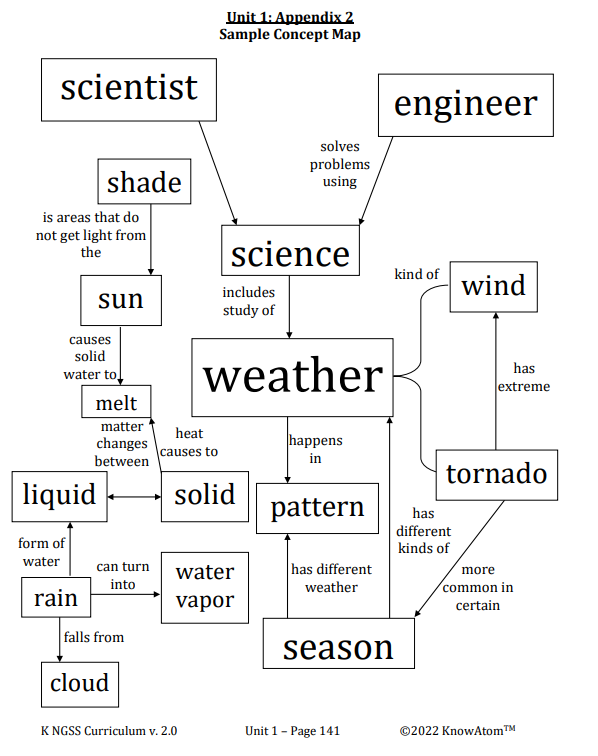In this lesson students explore different weather associated with each of the four seasons. They develop their vocabulary related to the seasons through a read aloud and Socratic dialogue with visual aids. Students will then create a seasonal flip chart to compare and contrast different weather as well as human behavior throughout the seasons. They will carry this understanding of weather and seasons as they continue to discover elements of weather including extreme weather.









